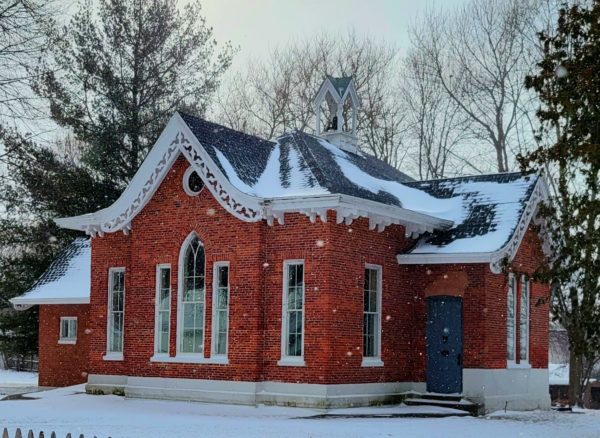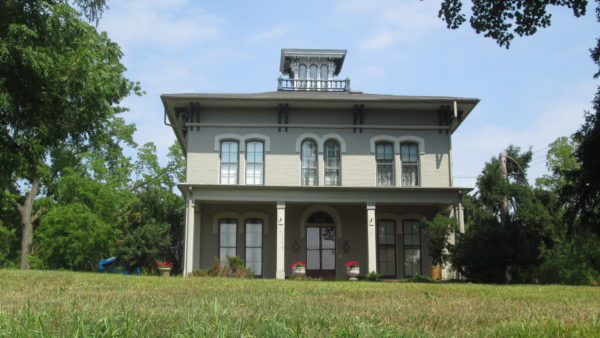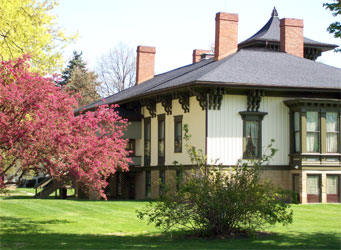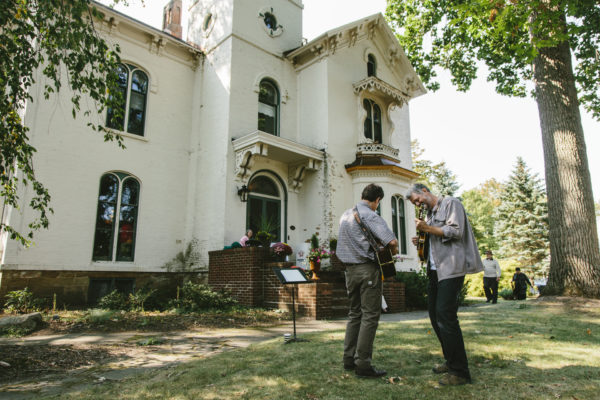History of Marshall
Due to its prime location, Marshall was set up for success when it was founded in 1830 by brothers Sidney and George Ketchum. To give you reference, Calhoun County was established in 1829 and Marshall was made the county seat in 1831. Most settlements at that time were founded for agricultural or industrial reasons, but the Ketchum brothers dreamed of a community of professional politicians, doctors, lawyers, and businessmen.
The town was named after Chief Justice John Marshall, who served as the fourth Chief Justice of the United States from 1801 to 1835. Marshall is regarded as one of the influential justices to ever sit on the Supreme Court. He helped implement the principle of separation of powers and cement the position of the American judiciary as an independent and co-equal branch of government. Of the more than 20 communities named for him, this Marshall is the only town that was named for him before his death.
The “Where History is Alive” video series consists of 30 short segments that have local people telling stories about the people, places or events that are subjects of the markers and monuments.
Explore Marshall History Highlights

As a major stop on the stagecoach route and then the switching station for the powerful Michigan Central Railroad, Marshall has a rich transportation history.
Stagecoach and Early Hotels (link https://choosemarshall.com/history-stagecoach/)
Michigan Central Railroad, chicken pie stop and the birth of the first railroad union (link: https://choosemarshall.com/history-chicken/)
Interurban Transportation (link: https://choosemarshall.com/history-interurban/)

In 1835 two early Marshall residents, Isaac Crary and Rev. John Pierce, developed a public school system for Michigan which became a model for the country.
Innovative Educational Ideas (link: https://choosemarshall.com/history-education/)
The Education Oak (link: https://choosemarshall.com/history-education-oak/)
Adam Crosswhite was an escaped slave who arrived in Marshall with his family in 1844 by following the Underground Railroad.
Underground Railroad (link: https://choosemarshall.com/history-ugrr/)
The Crosswhite Case and the Its Importance to the Civil War (link https://choosemarshall.com/history-crosswhite/)

Shortly after its founding, the thriving town was expected to become the capital of Michigan, but lost to Lansing in 1847.
Marshall Politicians (link: https://choosemarshall.com/history-politicians/)
Capitol Hilll Walk ( link: https://choosemarshall.com/capitol-hill/)

Many creative and successful thinkers have come from Marshall, including authors, inventors, and restauranteurs.
Stuart’s Dyspepsia Tablets (link: https://choosemarshall.com/history-stuarts-tablets/)
Authors, Illustrators and Song Writers (link: https://choosemarshall.com/history-authors/)
Schuler’s Restaurant & Pub (link: https://choosemarshall.com/history-schulers/)
Marshall Currency (link: https://choosemarshall.com/history-marshall-currency/)
Harold Brooks began the preservation movement in the late 1920’s, only he called it “city beautification.” He bought, restored and then sold at least 20 key structures. He also gave a prize for the best garden in town.
Harold Brooks (link: https://choosemarshall.com/history-brooks/)
Today, Marshall is most famous for being the home of the largest National Historic Landmark District in the small urban category in the entire United States. With over 800 buildings, Marshall’s district is known throughout the United States as being a virtual encyclopedia of America’s most popular styles during the nineteenth and early twentieth centuries. The architectural styles that can be found in Marshall include Greek Revival, Gothic Revival, Italianate, Italian Villa, Queen Anne, Colonial Revival, Beaux-Arts Classical and Art Deco.
View the original application for the National Historic Landmark District

